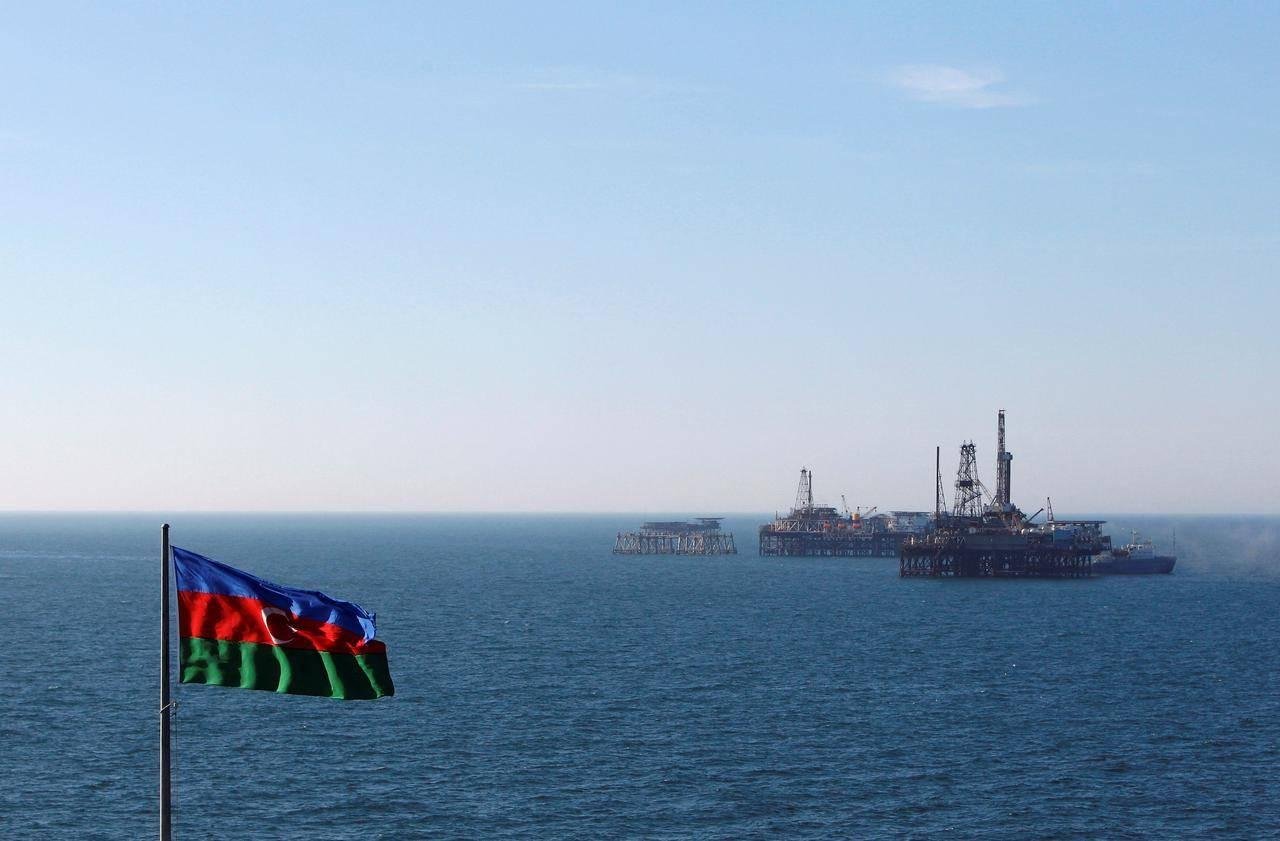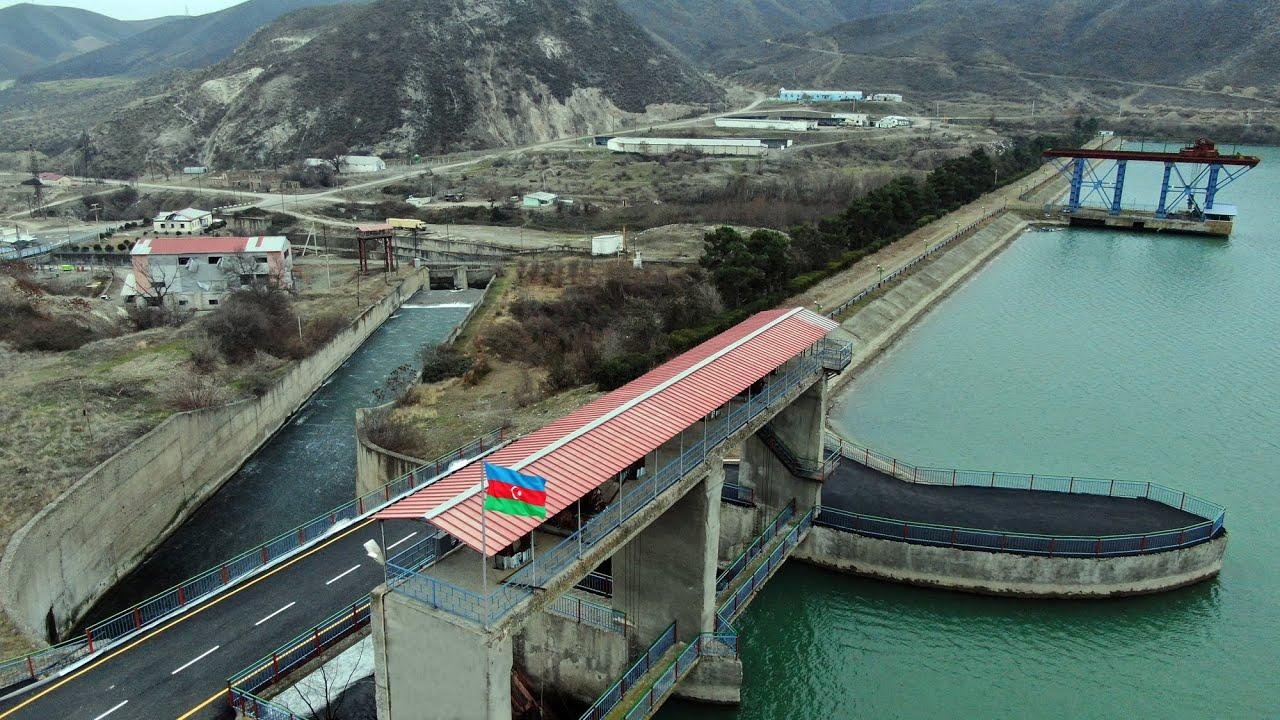Fossil-fuel rich Azerbaijan's green energy aspirations Vast resources of renewables for regional energy security
Fossil-fuel-rich Azerbaijan, a country of ten million people in the South Caucasus and on the Caspian Sea shores, continues taking big steps toward cementing its status as a reliable energy supplier. Although the country has long been reaping the benefits of oil and gas supplies to overseas markets, it is seemingly not enough as the country braces to pave an all-new path through the export of renewables.
President Ilham Aliyev has recently introduced the renewable energy potential of Azerbaijan and openly announced the national vision of leveraging it for increasing energy deliveries destined for foreign consumers.
“Twenty-seven gigawatts of wind and solar onshore, 10 gigawatts of wind and solar energy in the territories liberated during the Patriotic War of 2020, and 157 gigawatts of wind energy in the Azerbaijani sector of the Caspian Sea - almost 200 gigawatts of potential,” President Aliyev said at the opening of the Sustainability Week in Abu Dhabi, the United Arab Emirates on January 16 to brief the available renewable energy stock of Azerbaijan.

Azerbaijani sector of the Caspian Sea
The president revealed that Baku’s program with respect to renewables suggests an entirely different agenda based on using this enormous potential to diversify energy exports and create a new ecologically-friendly sector of the national economy.
An Azerbaijani delegation led by President Aliyev to Abu Dhabi took a practical step in Abu Dhabi to address the goals of the national renewable energy program. The country’s oil and gas conglomerate SOCAR signed an agreement with the leading UAE-based renewable energy operator Masdar for developing four gigawatts (GW) of wind and solar energy plants in Azerbaijan in short-term projects. At its height, the overall throughput of the plants will hit 10 GW, including 4 GW in the short-term and 6 GW in the mid-term phases.
According to President Aliyev, the memorandums of understanding and agreements signed by Azerbaijan with international energy companies will allow the production of a total of up to 22 gigawatts of wind and solar energy.
“Renewable future”
The United Nations highlights the transition to renewables as one of the key pathways to a healthier planet that is home to nearly 7.9 billion people today. The world’s largest organisation outlines five key reasons why renewable energy sources should penetrate more in humans’ life: 1) it is all around us 2) it is cheaper 3) it is healthier 4) it creates jobs and 5) it makes economic sense.
The UN is convinced that a $4 trillion annual investment should be made in renewables globally by 2030 to help the world shift to net-zero emissions by 2050.
The national renewable energy strategy of Azerbaijan is almost fully in line with the UN vision. The country’s authorities intend to increase the share of renewable energy sources in overall domestic energy production to 30 per cent by 2030. To make this happen, the government has adopted the Law on the Use of Renewable Energy Sources (RES), which includes a currently implemented five-year RES strategy.

Wind turbines in the Yeni Yashma power, Khizi district
Azerbaijan lies mainly in subtropical and partially temperate climate zones, and the complex relief conditions in the country create eight different climate types within these zones. As a result, almost all kinds of renewable energy sources are encountered across the 86.6 thousand square kilometre territory of Azerbaijan, including wind, solar, hydropower, geothermal, and biomass.
According to a report published by the German-Azerbaijani Chamber of Commerce, the potential contribution of wind power in Azerbaijan stands at 59.2 per cent of overall renewable sources. The same publication cited solar power as the second-largest green energy source in the country, with a total of 8 GW potential. Biomass, geothermal, and hydropower (excluding large hydropower stations) were also marked as promising renewables at 900 megawatts (MW), 800 MW, and 650 MW, respectively.
In January and March of 2022, Saudi-based ACWA Power and UAE-based Masdar laid the foundation for 240-MW wind and 230-MW solar power plants, respectively, in Azerbaijan. The overall cost of the two projects is nearly $530 million. The plant of ACWA Power is located in the territories of the Absheron and Khizi districts and is expected to become operational in the second quarter of 2023.
Masdar’s plant will reportedly become operational sometime in the same year with an overall energy output of nearly half a billion kilowatt-hours of clean energy per annum, which is enough to supply power to over 110,000 houses. The plan, located in the Alat settlement on the outskirts of the capital Baku, will also help to reduce carbon dioxide (CO2) emissions by 200,000 tons annually. In August 2022, Masdar Azerbaijan Company, an affiliate of Masdar in Azerbaijan, signed a $21.4 million loan agreement to finance the construction of the plant.
In 2014 and 2018, two separate wind farms have been installed in the northeastern Khizi region of Azerbaijan. Twenty turbines were put into operation in the 50-MW capacity New Yashma farm to churn out nearly 9 million kilowatt-hours of clean energy.
From 2015-2022, five photovoltaic power station projects were implemented in the southwestern Nakhchivan Autonomous Republic of Azerbaijan. The total capacity of the stations is estimated at 33 MW. As of 2020, at least 65 per cent of the electricity demand in Nakhchivan was supplied by green energy resources.

One of the photovoltaic power stations in the Nakhchivan Autonomous Republic
“Green Karabakh and East Zangazur”
The Azerbaijani government also plans to bring in the green energy infrastructure to the liberated Karabakh and East Zangazur regions, which are expected to fully transform into a “Net Zero Emission” Zone. The ongoing reconstruction and development projects aim to reduce carbon CO2 emissions by 40 per cent by 2050. At least four small hydroelectric power plants have been put into operation in the liberated lands since 2020, and five more with a capacity of 25-30 MW will be operational soon.
The untapped green energy potential of the Karabakh and East Zangazur regions includes almost all types of renewable energy sources, including hydro, solar, wind, and geothermal.

The Sugovushan hydropower plant in Tartar, Karabakh economic region
The Fuzuli, Jabrayil, and Zangilan districts come in at number two after the Nakhchivan Autonomous Republic in Azerbaijan for their rich solar power resources. The solar radiation per square meter in these regions stands reportedly at 1600-1700 kWh per year, while the total solar energy potential is estimated at 7,200 megawatts.
The wind energy potential of the liberated territories is especially prevalent in the Kalbajar and Lachin districts. According to data released by the Energy Ministry, the average annual wind speed in these territories reaches 10 meters per second. The potential of wind energy in the mountainous areas of the Karabakh region is estimated at 2,000 megawatts.
Meanwhile, there are also 4,000-5,000 cubic meters of thermal water per day in the territory of the Kalbajar, Lachin, and Shusha districts.
In May 2021, the Energy Ministry of Azerbaijan signed an agreement with the Japanese company TEPSCO to create a “green energy” zone in the territories of Azerbaijan liberated from Armenian occupation. The agreement sets out the concept and strategy for ensuring the effective use of the potential of such renewable energy sources as wind, solar, hydropower, geothermal energy, and bioenergy.
The government of Azerbaijan teamed up with Masdar to rebuild the energy infrastructure of the Karabakh and East Zangazur regions based solely on clean energy. According to the agreement, a 100-MW wind power plant will be built in the Kalbajar-Lachin zone, and solutions will be studied for installing solar panels on houses and constructing a solar power plant with a capacity of at least 200 MW in Karabakh.
They say a transition to clean energy is about making an investment in our future since fossil fuel reserves are finite. Also, it is proven to be good for consumers’ utility bills and the economy. So, the plans, programs, and projects of the Azerbaijani government in the renewable energy sector are aimed at contributing to global efforts for achieving a healthier future for our planet, energy security in a greater region, and the welfare of its people.








